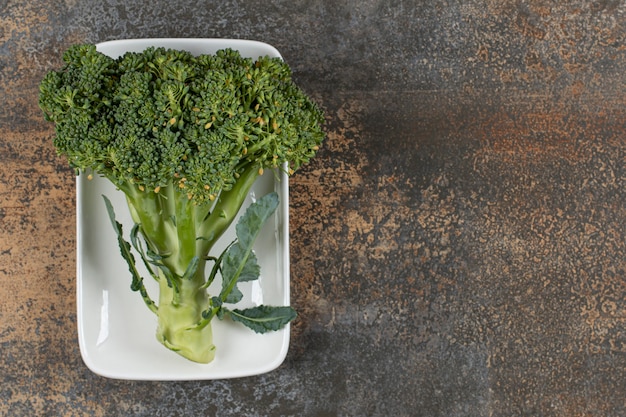
It’s well-known that green leafy vegetables offer numerous health benefits, especially when they’re consumed as smoothies. Kale, in particular, is a nutrient-rich green leafy cabbage packed with vitamins A, C, and B-6.
Kale is grown worldwide, making it easy to produce and transport in large quantities. That’s why the kale you get from your local grocery store is likely fresh and pristine. Most supermarkets in the U.S. even stock organic kale.
Health Benefits of Juicing Kale
1. Weight Loss: Drinking kale juice can be very effective for weight loss. It’s loaded with phytonutrients and natural fat burners like fiber, magnesium, and folate. However, to maximize these benefits, you need to pair kale juice with a low-calorie diet. Just drinking kale juice isn’t a license to indulge in high-calorie, carb-heavy foods. For those wondering how to juice kale, steaming it until tender and then blending it with cream or hazelnuts creates a delicious and healthy drink.
2. Cancer Prevention: Kale is one of the healthiest vegetables, rich in vitamins C and K. Studies suggest that juicing kale may help prevent prostate and colon cancer. While the exact cause of cancer often remains unknown, kale juice may help by combating cancer-causing cells, though it’s not a definitive cure.
3. Rich in Antioxidants: Antioxidants help prolong cell life, and kale juice is abundant in beta-carotene. The Winterbor variety of kale is especially high in nutrients and antioxidants. To get the full benefit, it’s best to juice kale when it’s raw.
4. Lowers Bad Cholesterol: The decline in food quality and the rise of fast food have increased heart disease rates. Including superfoods like kale in your diet can help. Regularly drinking kale juice along with a proper meal can improve lipid profiles and antioxidant levels, reducing the risk of coronary artery disease and promoting a healthier, stress-free life.
5. Strengthens Bones: With millions suffering bone fractures each year, good nutrition is key to prevention. Kale is rich in calcium and Vitamin D, which are vital for strong bones and can help prevent diseases like osteoporosis.
6. Excellent Source of Vitamin C: Vitamin C is a water-soluble antioxidant necessary for wound healing and iron absorption. Other than citrus fruits, kale provides 120 mg of Vitamin C per 100 grams—double the amount found in oranges or lemons. This makes kale a powerful superfood.
7. High in Minerals: Essential for growth, development, and health, minerals like calcium, iron, magnesium, phosphorus, potassium, sodium, and zinc are plentiful in kale juice. These contribute to strong bones, a well-functioning digestive system, and overall health.
8. Boosts Metabolism: Metabolism involves chemical reactions in our cells that maintain health and activity. The rate of metabolism varies, but studies show that including leafy greens like kale in your diet can enhance it.
9. Beneficial for Skin: Healthy inward leads to a better outward appearance. Kale’s high Vitamin K content contributes to better skin health, enhancing complexion and fighting issues like acne and dark spots.
10. Detoxification: Overeating fast food is common, but it’s never too late to clean up your diet. Detoxing, which can be done by drinking kale juice for a few days, helps mitigate the effects of bad eating habits. Half-boiled baby kale, blended with nuts or cream, offers a tasty and nutritious detox option.
Conclusion
To fully benefit from these advantages, juicing kale correctly is crucial to preserving its nutrients. Since the body cannot break down raw kale’s cellulose, blending it well is important. Enjoy kale and its myriad of health benefits by adding it to your daily routine.